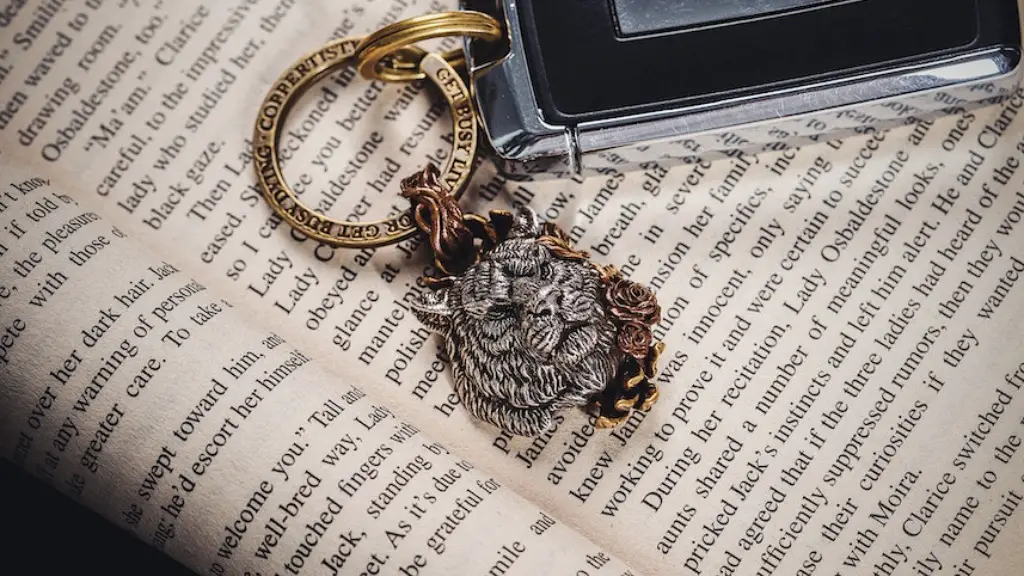Poetry
Poetry is one of the oldest forms of expression and communication, existing since the beginning of civilization. It can connect us to the infinite, stimulate and provoke emotions, reveal deep moments of self-reflection, and connect us to both our past and our present. It has formed a critical piece of history, providing the story of our world in a way that cannot be told in any other way.
Poetry is a unique way to convey a story or express an emotion that readers can’t get from other forms of literature. It’s a medium where authors can express their thoughts and feelings through imagery, rhythmic description, and metaphor. By manipulating meter, rhyme, and form authors can create narratives that tell stories and build tension. Poetry works on an emotional level, and while it often requires a more in-depth analysis the results can be powerful and moving.
Despite its older roots, poetry is still very much alive and continues to grow and evolve. It has become more accessible with the emergence of the internet and social media. There are various websites where poets can share their work, enabling them to reach a larger audience and benefit from feedback. Poetry can be found all around us today, in books, on television, film and radio, as well as live, where poets can perform their work to a crowd.
It is often through poetry that certain important topics are brought to the attention of the wider public. Poetry has helped to advocate and challenge social conventions, from politics, to identity, to environment. It is a platform for people to support and give voice to underrepresented groups, a place to communicate social and political issues, and advocate for reform. It is in poetry that we can find comfort and solace, relate to and be inspired by those around us.
Poetry’s power tend to increase and evolve over time. New forms, such as spoken word, have emerged and there is a spirit to the verses that cannot be found in other types of literature. Authors and poets continue to craft their stories in unlikely and creative ways, blending poetic devices and venturing outside the traditional realms of rhyme and meter.
Rhythm and Meter
Rhythm and meter are essential to the construction of any poem. They enable the poet to create a sense of flow and structure, adding a layer of complexity and tension to their work. Metrical verse is typically measured in syllables and helps determine the length and stress of each line. It creates a pattern that enables readers to anticipate the end of each line or stanza.
Meter is used to create a sense of rhythm, adding a musical quality to the poem. Rhythmic language helps to further emphasize the poem’s message and create a feeling of connection between the poet and their lines of verse. Enjambment, which is the run-on of one line of verse into the next, is also used to create an internal rhyme and help move the reader through the piece.
The type of verse used by a poet has a significant impact on the flow of their work. Traditional forms of poetry, such as the sonnet, use a set structure of syllabic lines and a defined rhyme scheme. Whereas free verse does not use a set rhyme scheme or metric structure, allowing the author to explore a more narrative form.
Imagery and Metaphor
The poet also relies heavily on imagery to communicate their message. This device is used to conjure powerful and vivid imagery in the minds of readers and make connections with their real life experiences. The poet is able to create an image or evoke a feeling of the story they are trying to tell.
In addition to imagery, poets also take advantage of metaphor. Metaphors are used to compare one object or experience to another, creating an effective and unique meaning that can be understood on multiple levels. Metaphors, along with other poetic devices, can also change the connotation of a word and create a more vivid and captivating account of the story rather than telling it straightforwardly.
Symbolism and Personification
Symbolism and personification are two other important aspects of a poem. Symbolism helps to convey and explain a deeper meaning that the author is trying to communicate. The poet’s choice of words and the way they use them can create powerful images that give insight into what the poem is about.
Personification is also a powerful device used by poets to better demonstrate their point or portray a feeling. This technique is used to make abstract concepts, such as love or death, more tangible and meaningful to the reader.
Themes and Concerns
Poetry can explore and tackle numerous issues, both current and historical. It can be used to explore a range of themes, such as love, loss, life and death. Poets often draw on their personal experiences to create powerful and emotive work that resonates with the reader on a deeper level.
Poetry is also used to draw attention to social and political issues. The author can use metaphors and imagery to express their concerns and impart their message. It can provide a platform for authors to challenge the status quo and promote change for the better.
Connection and Impact
Poetry has always had significant impacts and been a powerful form of communication. It can help us to connect with our past, present and future, give us perspectives from other cultures, and provide comfort and healing. Poets often show us how to look at the world from a different angle and discover the beauty in the written word.
Ultimately, poetry allows an author to truly express themselves and make a lasting mark on the world. It provides a platform for authors to connect with each other and explore a whole range of experiences and issues in a unique and powerful manner. And while it requires a certain level of understanding, its rewards can be great.

